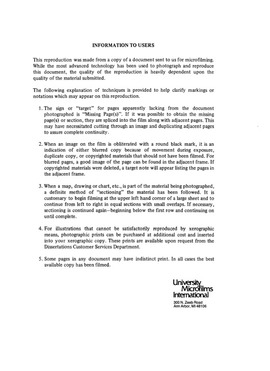| dc.description.abstract | Veronica section Beccabunga occurs primarily in the temperate regions of the land masses of the northern and southern hemispheres with the exception of Australia and New Zealand, where it is a rare introduction. Computer assisted techniques involving the General Similarity Coefficient of Gower, UPGMA cluster analysis, Minimum Spanning Tree, and Duncan and Estabrook's information theoretic optimality criterion model were employed to analyze 760 of 12,039 herbarium specimens based on 28 morphological features. Four species were recognized as a result of these analyses, V. anagallis-aquatica, V. anagalloides, V. beccabunga, and V. scardica. V. beccabunga is composed of two subspecies, ssp. americana and ssp. beccabunga. V. beccabunga ssp. beccabunga is an Old World taxon, whereas V. beccabunga ssp. americana occurs in North America, Kamchatka, and Northern Japan. Based on results when exemplars from other sections are included with this section, Veronica section Beccabunga is a natural taxon. | en_US |
